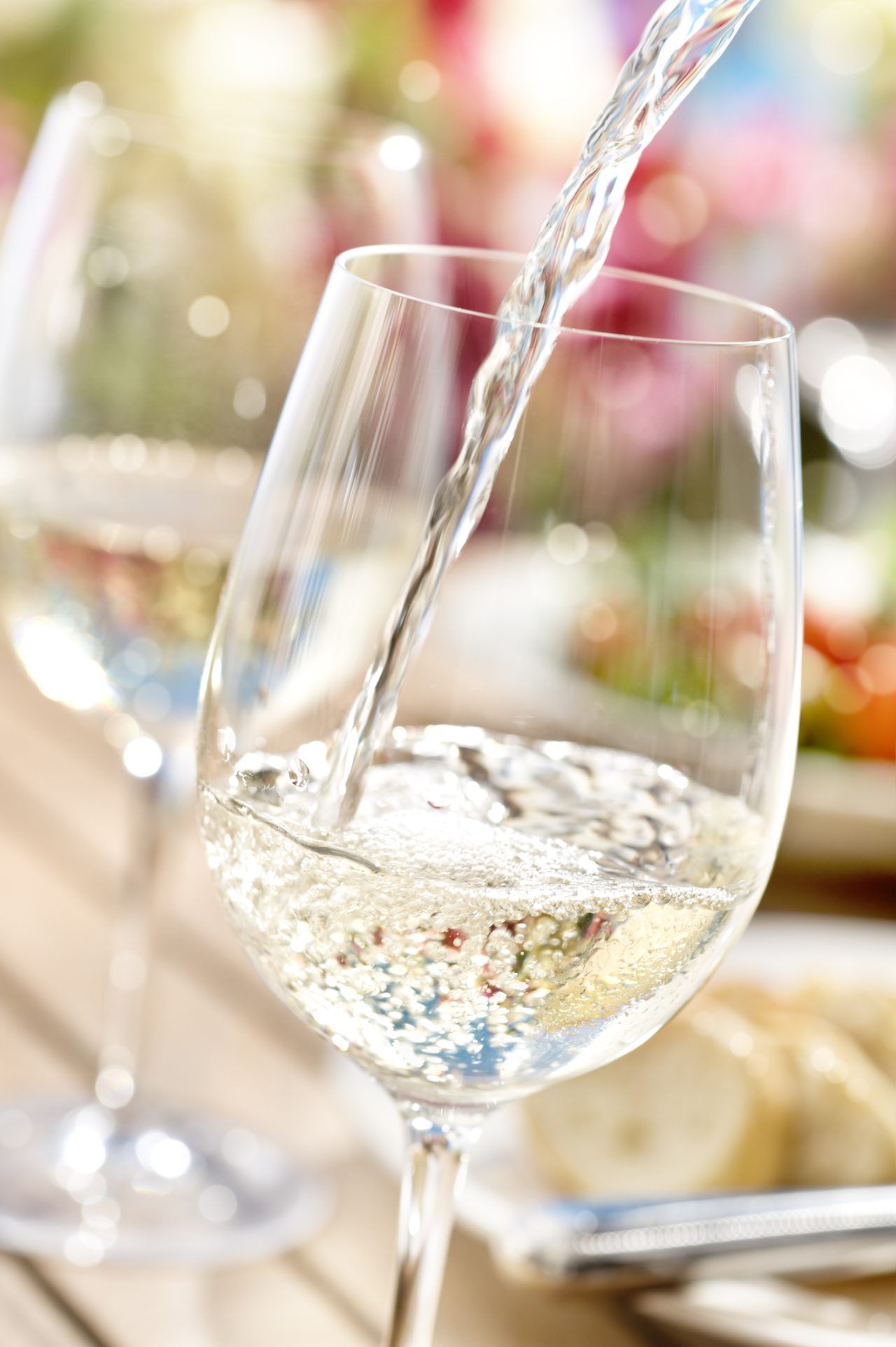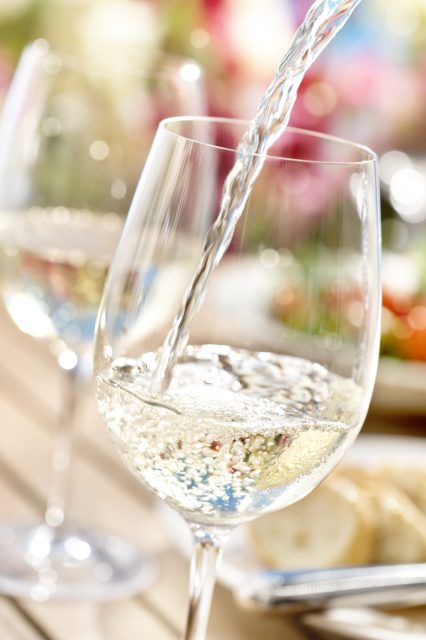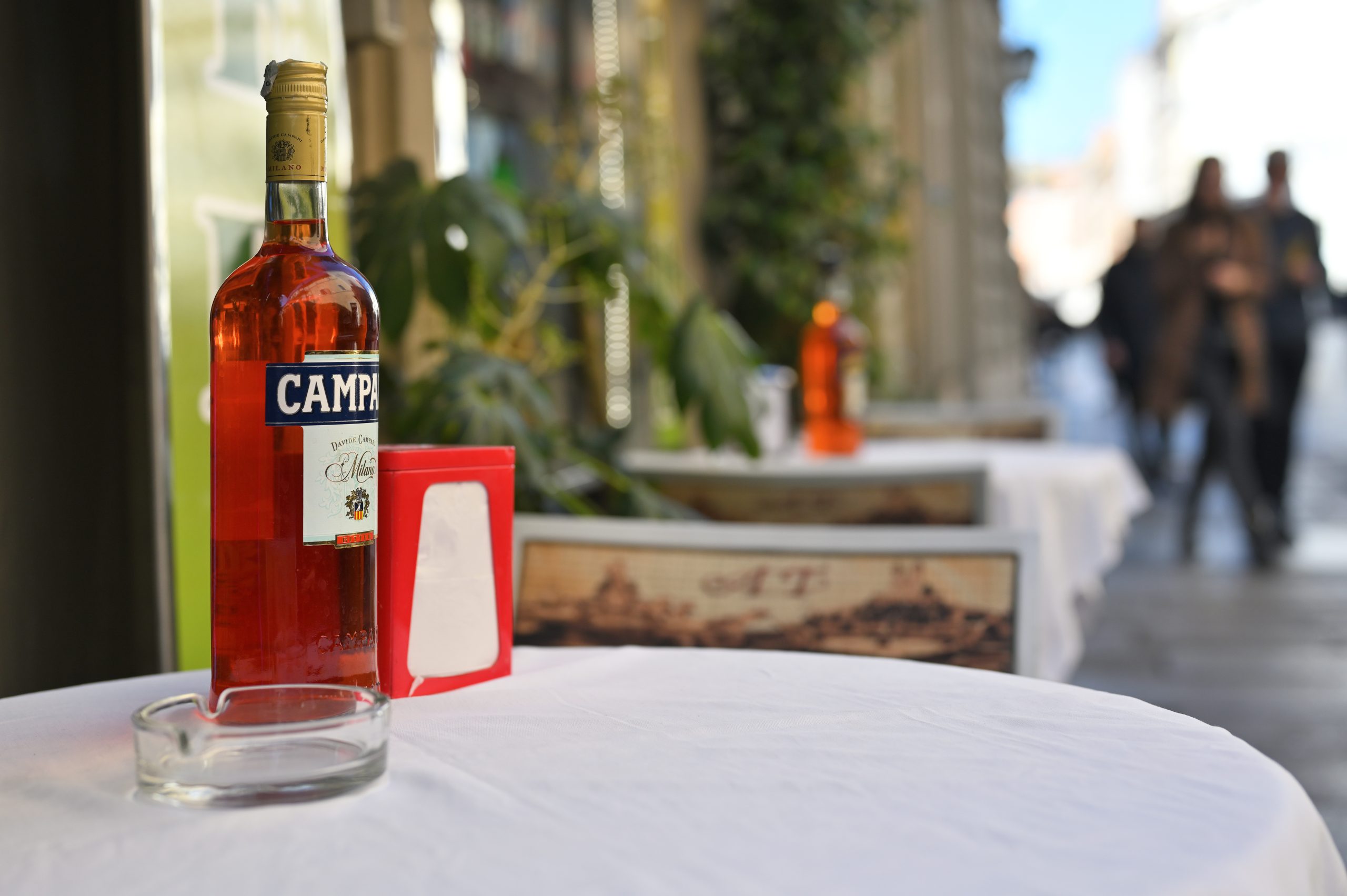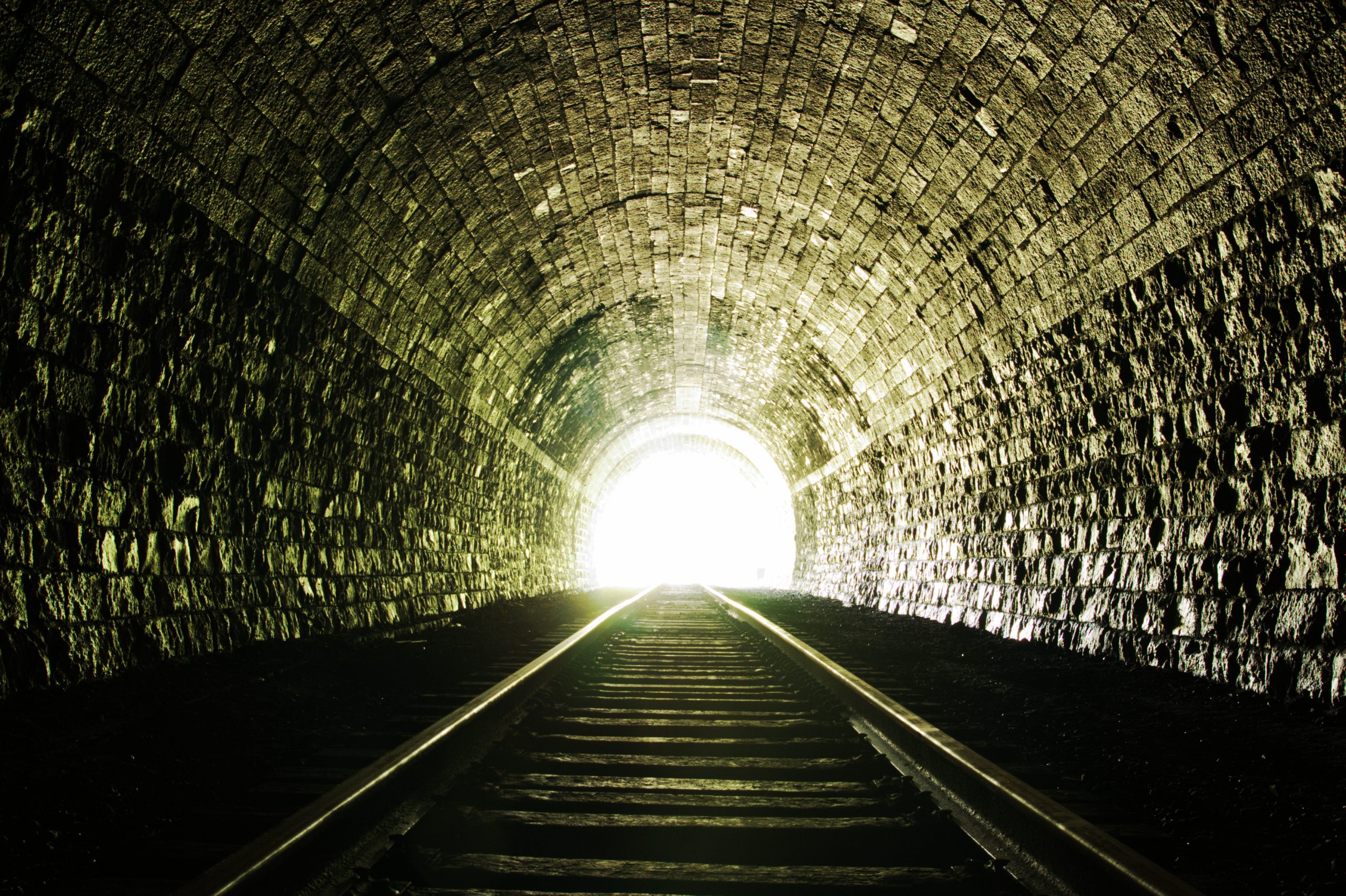Should Rioja increase its focus on white wine?
Although more than 80% of Rioja’s wine production is red, with global demand favouring whites, should this Spanish region shift its focus? We consider the pros and cons. The post Should Rioja increase its focus on white wine? appeared first on The Drinks Business.

Although more than 80% of Rioja’s wine production is red, with global demand favouring whites, should this Spanish region shift its focus? We consider the pros and cons.
 It’s a hot topic among wine producers right now, particularly those anchored in red wine producing regions. I’m referring to a preference for white wines*, especially among younger consumers, who, we are told, find red wine’s combination of dry tannins and relatively high alcohol unappealing.
As a result, grower-producers with red grapes in the ground are considering making changes to sate the change in demand, such as producing white wine from red grapes, be it arrivals such as white Malbec – now selling in UK retailers from Tesco to Lidl – or, more obscure, a white Cabernet Sauvignon, uniquely made by Lenz Moser at Changyu Moser XV, dubbed as a blanc de noir.
Others are grafting white grape varieties onto reds, or ripping out vineyards altogether, with a plan to replant with whites.
So what’s the view in Rioja, a region of the world so closely associated not just with reds, but ones with plenty of dry tannins from the long periods the wines spend in wooden barriques, particularly those made with American oak?
Well, despite consumption trends favouring refreshing whites, as well as sparkling wines and dry, pale rosés, Rioja stands out as a beacon of success, based on ripe reds, strong brands, and attractive pricing.
Indeed, as previously reported by db, in a global market for wine that’s declining, Rioja actually grew in sales last year, albeit marginally, and even performed better than Spain’s biggest source of light, mouth-watering whites: Rueda.
Nevertheless, Rioja is not braced for further growth in 2025, due to a mixture of factors, the most notable being the imposition of tariffs on its wines sold in the US – its second largest market by value – and declining demand in Spain, its biggest consumer, accounting for 60% of sales.
The latter fall-off in demand is being blamed on a rising preference for white wines among Spanish consumers – along with other shifts, such as a move to drinking beer or cocktails in place of wine, as well as moderating alcohol consumption generally.
The concern for the longterm is strong enough for the region to be considering removing almost 10,000ha of vines, which is getting close to 15% of its total vineyard area.
Such a proposed move is part of an increased focus on higher-value sales, as opposed to trying to sell large volumes of inexpensive wine, but, as Rioja looks to make some drastic changes to protect its future position, white grapes are in the spotlight.
Already, the amount of white wine being produced in Rioja is on the up, with sales rising marginally last year – 0.8% – but slightly more than the overall trend, which was an increase of 0.6%, based on an output that comprised 83.4% of red wine, 11.3% white and 5.3% rosado.
Looking over the longer term, however, whites had been a rising star, with db told last month by José Luis Lapuente, who is general manager of the Consejo Regulador de la DOCa Rioja, that the share of whites has more than doubled over the past decade.
In terms of market share of sales, whites are 11.3% (in 2024), but they have gone up from 5% in past 10 years,” he said.
Does he think the region should plant more white grapes? Perhaps surprisingly, he urges caution. Noting that “there is stabilisation in the market for white wine too”, he believes that now is not the time to be making major changes to Rioja’s colour offer, noting, by way of example, that Spain’s most popular source of white wine, Rueda, has seemingly peaked.
Summing up, he said, “There are those calling for a revolution, and changing the surface [area of Rioja’s vineyards] to white grapes, but I think it’s dangerous.”
Interestingly, one producer told db that historically, white wines were much more prominent in Rioja.
Justifying a belief that the region should up its emphasis on whites, technical direct at Ramón Bilbao, Rodolfo Bastida Caro, commented that Rioja’s output was once split equality between reds and whites, while noting that the earliest written records of wine grapes are about white varieties, not reds.
Speaking specifically about the obscure grape of Maturana Blanco, he said that “it was the grape mentioned in the earliest written records about Rioja from the 1600s.”
“I believe that the future for Rioja is for more white and rosé, while we should reduce the production of reds,” he told db.
While he stressed that Rioja “should continue to make beautiful reds, because we are a fantastic region for reds,” he also commented, “But we should make more whites and rosés because, although we don’t have a dark future, we have a different one to what we thought 10 years ago.”
* Red wine consumption has been suffering a decline since it peaked in 2004 – taking reds share of global output from 48% to 43%, according to the OIV. The proportion of white wine overtook that of red in 2013. The OIV recorded in a report on colour trends in 2023 that white wine demand and supply at the global level have increased since 2000. At the beginning of the century, white wine accounted on average for 46% of the world total, while in more recent years this share rose to 49%. One of the main driving forces behind this increase is the boom of sparkling wine.
It’s a hot topic among wine producers right now, particularly those anchored in red wine producing regions. I’m referring to a preference for white wines*, especially among younger consumers, who, we are told, find red wine’s combination of dry tannins and relatively high alcohol unappealing.
As a result, grower-producers with red grapes in the ground are considering making changes to sate the change in demand, such as producing white wine from red grapes, be it arrivals such as white Malbec – now selling in UK retailers from Tesco to Lidl – or, more obscure, a white Cabernet Sauvignon, uniquely made by Lenz Moser at Changyu Moser XV, dubbed as a blanc de noir.
Others are grafting white grape varieties onto reds, or ripping out vineyards altogether, with a plan to replant with whites.
So what’s the view in Rioja, a region of the world so closely associated not just with reds, but ones with plenty of dry tannins from the long periods the wines spend in wooden barriques, particularly those made with American oak?
Well, despite consumption trends favouring refreshing whites, as well as sparkling wines and dry, pale rosés, Rioja stands out as a beacon of success, based on ripe reds, strong brands, and attractive pricing.
Indeed, as previously reported by db, in a global market for wine that’s declining, Rioja actually grew in sales last year, albeit marginally, and even performed better than Spain’s biggest source of light, mouth-watering whites: Rueda.
Nevertheless, Rioja is not braced for further growth in 2025, due to a mixture of factors, the most notable being the imposition of tariffs on its wines sold in the US – its second largest market by value – and declining demand in Spain, its biggest consumer, accounting for 60% of sales.
The latter fall-off in demand is being blamed on a rising preference for white wines among Spanish consumers – along with other shifts, such as a move to drinking beer or cocktails in place of wine, as well as moderating alcohol consumption generally.
The concern for the longterm is strong enough for the region to be considering removing almost 10,000ha of vines, which is getting close to 15% of its total vineyard area.
Such a proposed move is part of an increased focus on higher-value sales, as opposed to trying to sell large volumes of inexpensive wine, but, as Rioja looks to make some drastic changes to protect its future position, white grapes are in the spotlight.
Already, the amount of white wine being produced in Rioja is on the up, with sales rising marginally last year – 0.8% – but slightly more than the overall trend, which was an increase of 0.6%, based on an output that comprised 83.4% of red wine, 11.3% white and 5.3% rosado.
Looking over the longer term, however, whites had been a rising star, with db told last month by José Luis Lapuente, who is general manager of the Consejo Regulador de la DOCa Rioja, that the share of whites has more than doubled over the past decade.
In terms of market share of sales, whites are 11.3% (in 2024), but they have gone up from 5% in past 10 years,” he said.
Does he think the region should plant more white grapes? Perhaps surprisingly, he urges caution. Noting that “there is stabilisation in the market for white wine too”, he believes that now is not the time to be making major changes to Rioja’s colour offer, noting, by way of example, that Spain’s most popular source of white wine, Rueda, has seemingly peaked.
Summing up, he said, “There are those calling for a revolution, and changing the surface [area of Rioja’s vineyards] to white grapes, but I think it’s dangerous.”
Interestingly, one producer told db that historically, white wines were much more prominent in Rioja.
Justifying a belief that the region should up its emphasis on whites, technical direct at Ramón Bilbao, Rodolfo Bastida Caro, commented that Rioja’s output was once split equality between reds and whites, while noting that the earliest written records of wine grapes are about white varieties, not reds.
Speaking specifically about the obscure grape of Maturana Blanco, he said that “it was the grape mentioned in the earliest written records about Rioja from the 1600s.”
“I believe that the future for Rioja is for more white and rosé, while we should reduce the production of reds,” he told db.
While he stressed that Rioja “should continue to make beautiful reds, because we are a fantastic region for reds,” he also commented, “But we should make more whites and rosés because, although we don’t have a dark future, we have a different one to what we thought 10 years ago.”
* Red wine consumption has been suffering a decline since it peaked in 2004 – taking reds share of global output from 48% to 43%, according to the OIV. The proportion of white wine overtook that of red in 2013. The OIV recorded in a report on colour trends in 2023 that white wine demand and supply at the global level have increased since 2000. At the beginning of the century, white wine accounted on average for 46% of the world total, while in more recent years this share rose to 49%. One of the main driving forces behind this increase is the boom of sparkling wine.










































































































































































